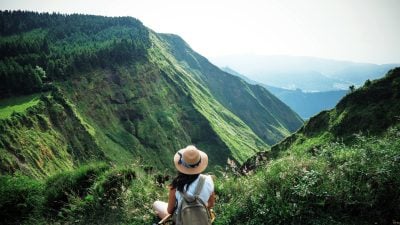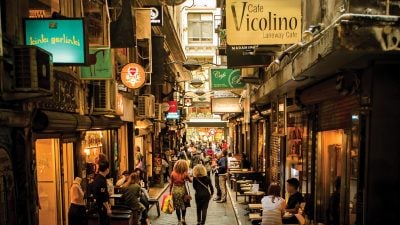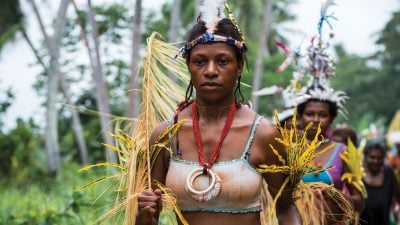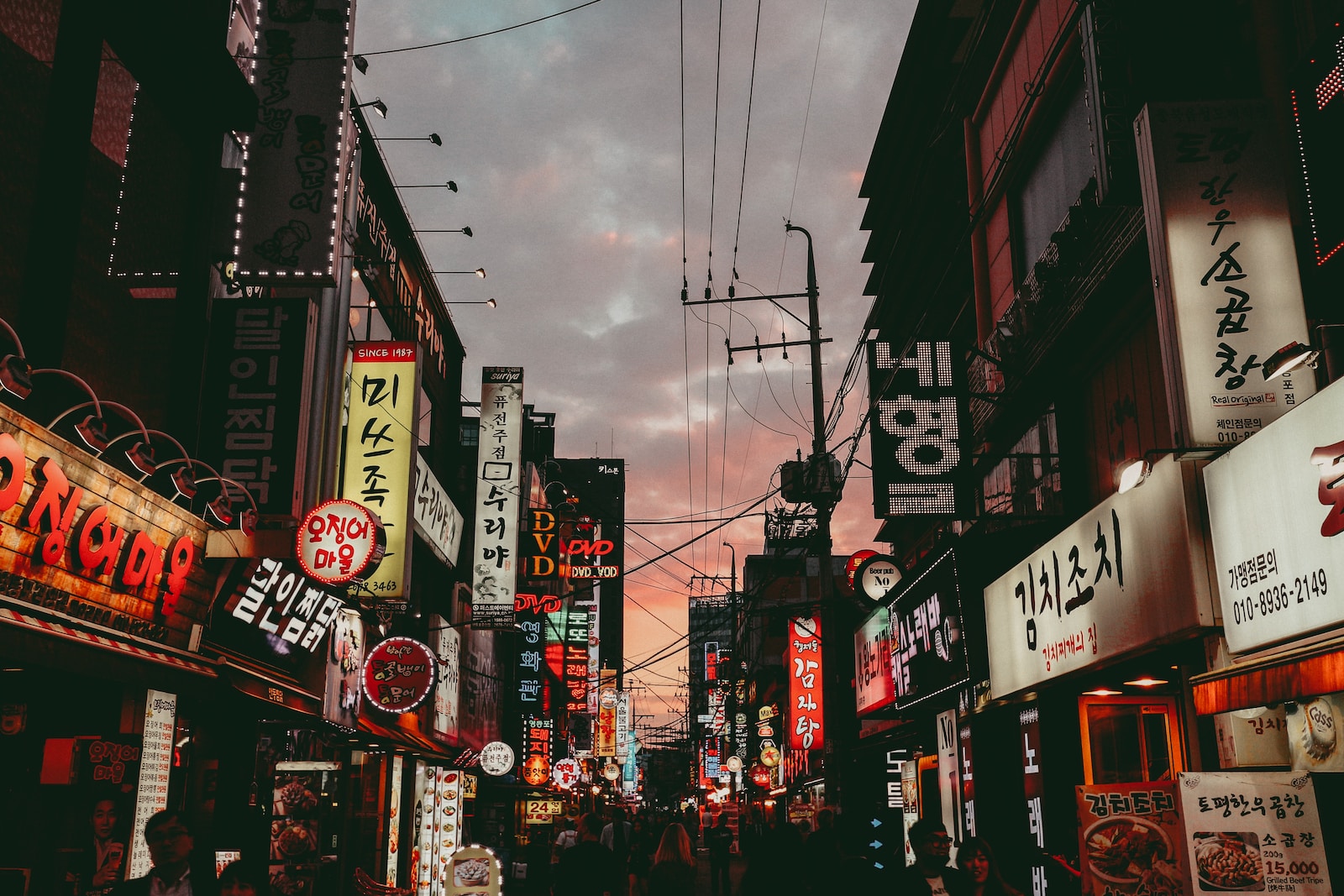
Go Local to Taste Korea’s Regional Delicacies
South Korea has taken the international scene by storm. First came the rise of K-Pop with BTS. Then Bong Joon-ho’s Parasite broke barriers with its Best Picture win at the 2020 Oscars. Then Squid Game became Netflix’s most watched television series ever. In the midst of it all, Korean dishes such as kimchi and bulgogi became ubiquitous in restaurants around the world. But if you want to experience the best Korean food, you have to go to Korea. And invariably, some of the best flavours are particular to local cities and regions. The following are samples of local regional delicacies that have been perfected over generations and offer a taste of the rich flavours that are only experienced when you go local on a trip to Korea.
Bibimbap, Jeonju
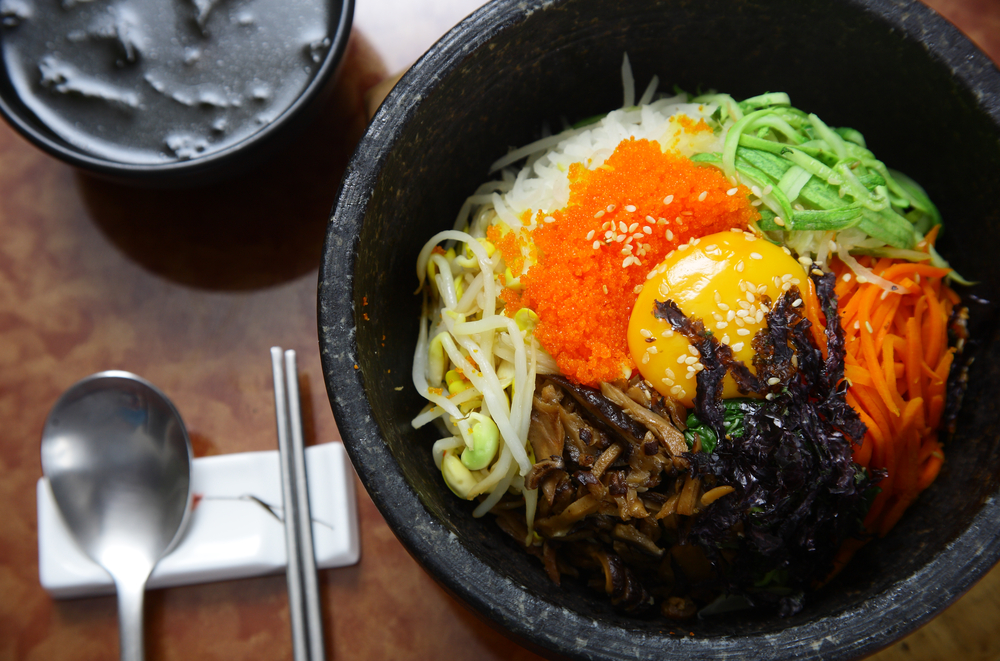
This famous mixed rice dish—bibimbap literally means “mixed rice”—consists of white rice topped with a mix of sauteed vegetables (often seasonal) and gochujang (Korean red chili paste). It’s also often served with a raw or fried egg and meat—there’s even a variation, dolsot, served in a hot stone bowl, which crisps the bottom of the rice. It was developed in the early 1800s as a way to use leftover vegetables after the harvest and ever since 1952, when Jeonju restaurant Hankook Jib started selling bibimbap, it’s been the famous flavour of the city. Delve into Korea’s past at the traditional houses and stalls of the Jeonju Hanok Village before digging into a steaming hot bowl of bibimbap to experience the city’s quintessential flavours.
Dakgalbi, Chuncheon
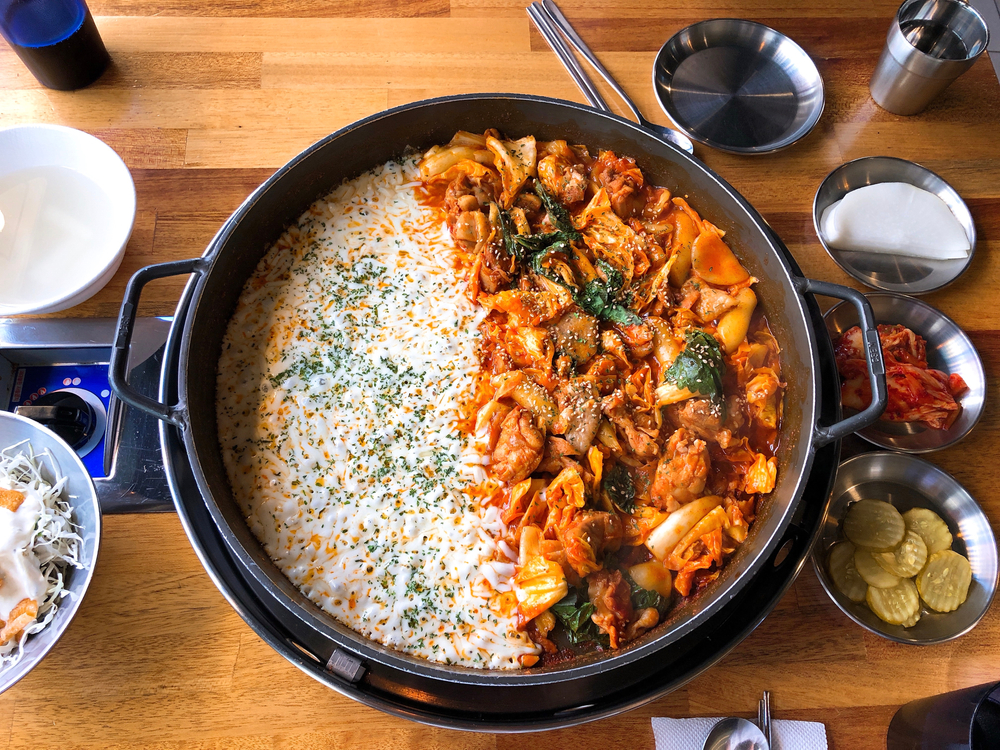
Dakgalbi is one of Korea’s most beloved spicy dishes. It consists of stir-fried chicken marinated and cooked in the unforgettable spicy flavours of gochujang along with vegetables such as sweet potatoes, cabbage, scallions and even tteok (rice cake). The dish was invented on the outskirts of Chuncheon in the 1960s as an inexpensive galbi (rib) alternative for working people in the local taverns. In the over 50 years since, dakgalbi has developed into a wintertime favourite and one of the most affordable and satisfying dishes in the nation.
Heuk-Dwaeji, Jeju
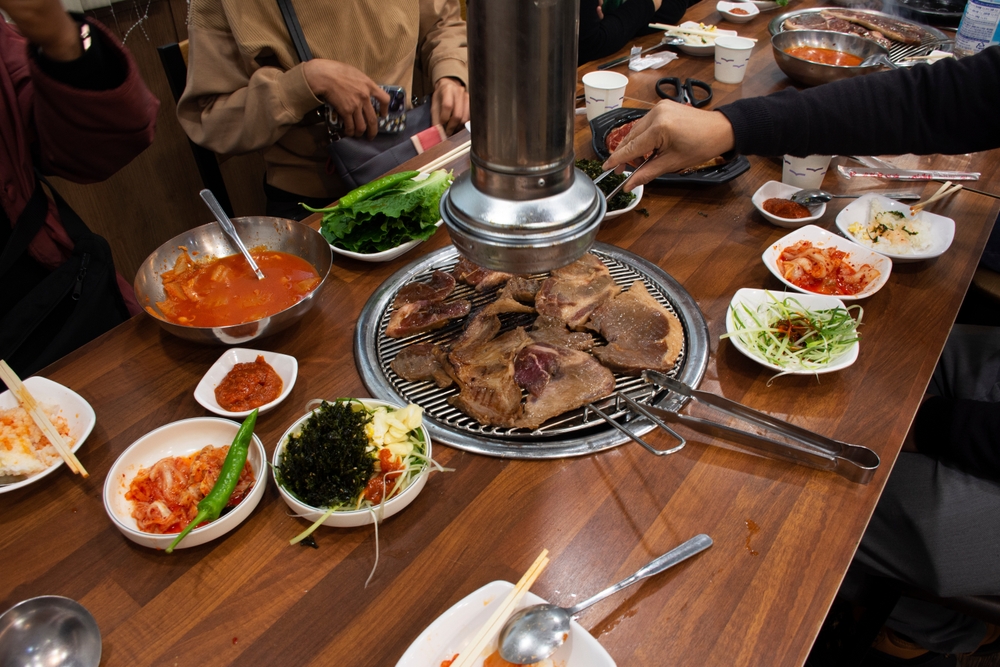
Korea’s beautiful beach island also has the best version of Korea’s famous barbeque: the iconic heuk-dwaeji or black pig. Consisting of meat from the island’s black pigs, which are only raised on Jeju, heuk-dwaeji is known as more tender and flavourful than typical pork barbeque. It’s traditionally grilled over burning hay for an additionally smoky flavour. Head to the stalls of Heuk Dwaeji Street in Jeju City for some guaranteed authentic barbeque.
This article was originally published in Vol. 29 of Globetrotting Magazine.
Get more travel inspiration by email.
Subscribe
0 Comments

Get the latest travel trends & hear about the best deals on vacations around the world.
If you’re a Globetrotter, these are the newsletters for you!

